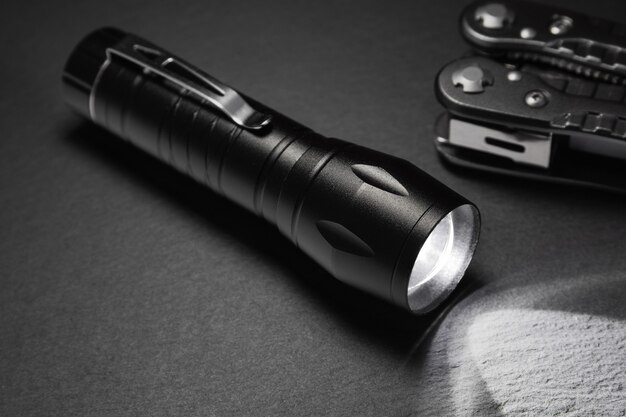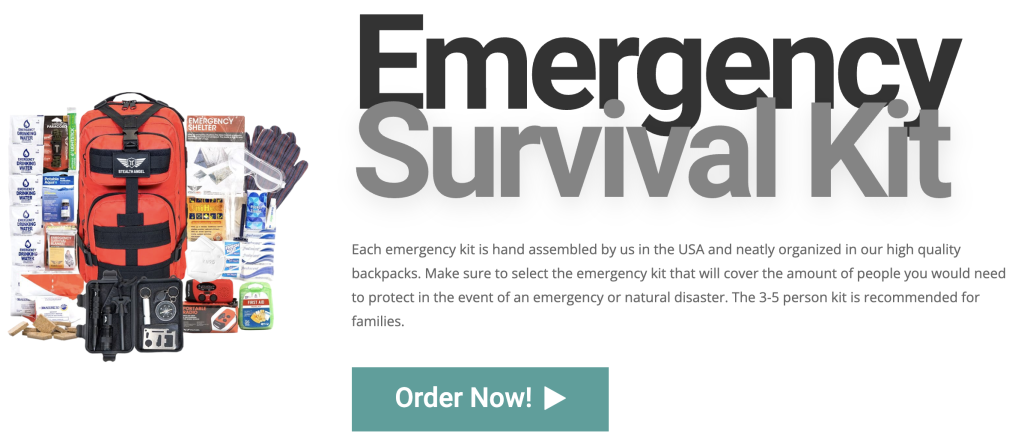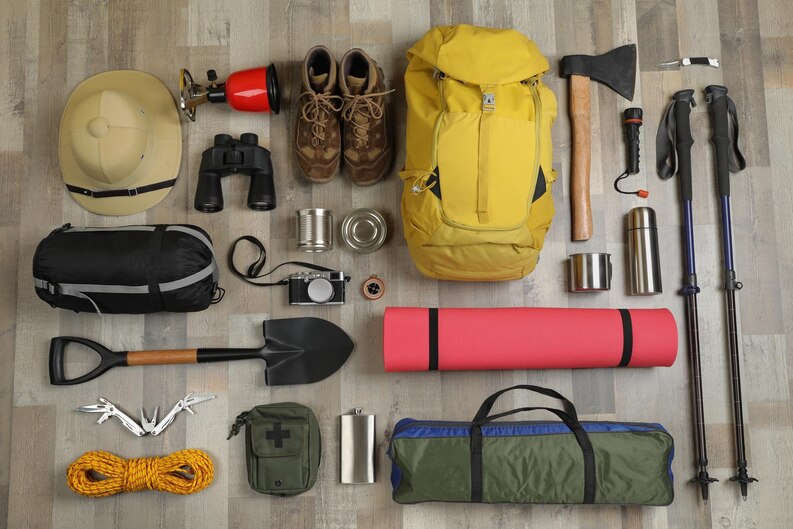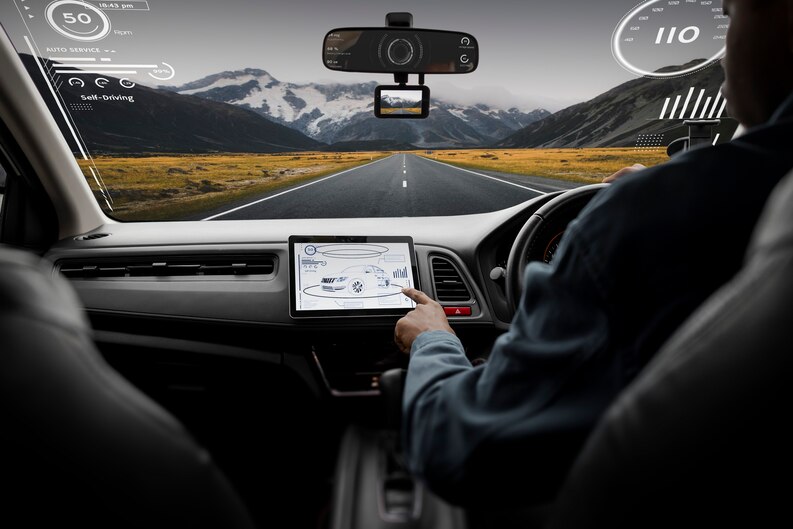Emergencies and unforeseen situations can strike anytime, whether natural disasters, power outages, or unforeseen circumstances in the wilderness. In these moments, having the right gear and equipment can be crucial for your safety and survival. This blog will explore the essential tools that every survivalist should have in their toolbox. From shelter and fire to navigation and communication, let’s delve into the must-have gear for emergencies. So let’s get started!
The Importance of Emergency Preparedness
In order to protect ourselves, our loved ones, and our communities during emergencies, emergency preparedness is of the utmost significance. It entails being proactive and foreseeing future dangers and catastrophe mitigation. We may lessen the effects of calamities and improve our capacity to respond successfully by being prepared in advance.
- First of all, being prepared for emergencies enables us to recognize potential risks and create plans to lessen their effects. This includes putting together the required supplies, making emergency plans, and keeping up with regional emergency procedures. By doing this, we are able to respond to emergencies quickly and effectively.
- Second, being prepared encourages adaptability and self-reliance. We can traverse challenging situations more successfully when we have the necessary equipment, information, and resources. Being ready for catastrophes, such as natural disasters and power shortages, is essential.
- Furthermore, emergency preparedness fosters a sense of community and cooperation. It encourages individuals, families, and communities to work together, share resources, and support one another during challenging times. This collaboration strengthens our collective ability to respond and recover from emergencies.
In short, emergency preparedness is vital for our safety, resilience, and ability to weather unforeseen events. By investing time and effort in preparing ourselves, we can minimize risks, enhance our ability to respond, and ultimately protect ourselves and those around us.
What Belongs in an Emergency Kit?
- Emergency shelter or sleep supplies
- Water and Food, including water purification
- Navigation tools, like a compass, map, or GPS
- Lightings, like a headlamp or lantern
- Sun protection, like sunscreen and UPF-rated clothing
- First aid supplies
- Knife and repair tools
- Means of creating fire, like matches, a lighter, or a fire starter
- Extra layers of clothing
Shelter and Warmth
When it comes to surviving in harsh conditions, having a reliable shelter and means to stay warm is paramount. Consider including the following in your survival toolbox:
- Lightweight Tent or Tarp: A compact and durable shelter can protect you from the elements and provide a safe haven during emergencies.
- Sleeping Bag: Choose a quality sleeping bag suitable for the climate you expect to encounter.
- Emergency Blankets: These reflective blankets can retain body heat and are lightweight and compact.
- Portable Stove or Fire Starter: Equip yourself with a reliable way to start a fire for warmth and cooking.

Water and Food
Access to clean water and a supply of non-perishable food is essential for survival. Ensure you have the necessary tools and supplies:
- Water Filter or Purification Tablets: A portable water filter or purification tablet can help make water safe to drink, even from questionable sources.
- Collapsible Water Container: Opt for a lightweight, foldable water container for easy storage and transport.
- High-energy Snacks: Stock up on nutritious, calorie-dense snacks requiring minimal preparation.
- Portable Cooking Set: Consider a compact cooking set for boiling water and preparing meals.
Navigation and Communication
In emergency situations, it’s crucial to navigate and communicate effectively. Include the following tools in your survival kit:
- Compass: A reliable compass can help you find your way, especially in unfamiliar territory.
- Maps: Keep detailed maps of the area you are in or plan to visit.
- Whistle: A loud whistle can be used to signal for help or alert others to your presence.
- Signal Mirror: A signal mirror can attract attention and alert search parties.Portable Charger and Power Bank: Keep a fully charged power bank to charge your electronic devices, such as cell phones or GPS units.

First Aid and Hygiene
In emergencies, injuries and illnesses can occur. Having a well-stocked first aid kit and necessary hygiene items is essential:
- Comprehensive First Aid Kit: Include bandages, antiseptic wipes, medications, and any personal prescription medications.
- Personal Protective Equipment (PPE): Include gloves, masks, and goggles to protect against contaminants.
- Hand Sanitizer and Soap: Maintain proper hygiene by carrying travel-sized hand sanitizer and biodegradable soap.
- Multi-Tool: A versatile multi-tool can assist with various tasks, including first aid and minor repairs.

Lighting and Signaling
Proper lighting and signaling equipment can make a significant difference in emergency situations:
- Headlamp or Flashlight: Choose a reliable headlamp or flashlight with long battery life and adjustable brightness settings.
- Glow Sticks or ChemLights: These lightweight and long-lasting light sources can be used for signaling or illumination.
- Flares or Whistle with Flare Function: In dire situations, flares or a whistle with a flare function can attract attention and facilitate rescue efforts.

When it comes to emergencies, being prepared is key to ensuring your safety and survival. Equipping yourself with the essential gear and equipment discussed in this blog can increase your chances of overcoming challenging situations.




Leave a Reply